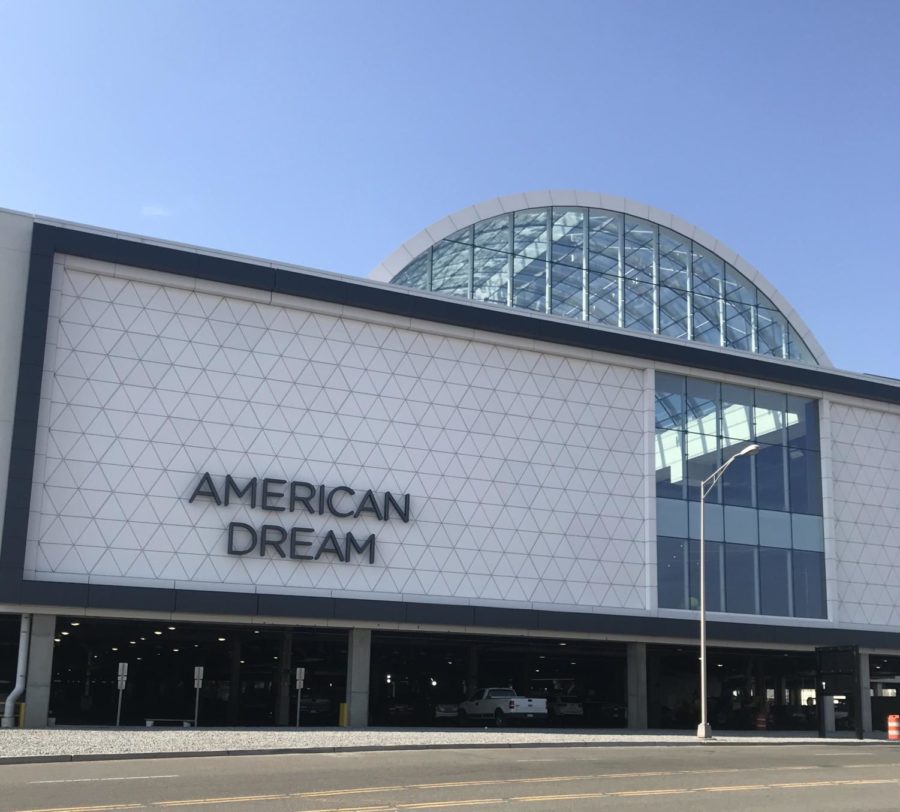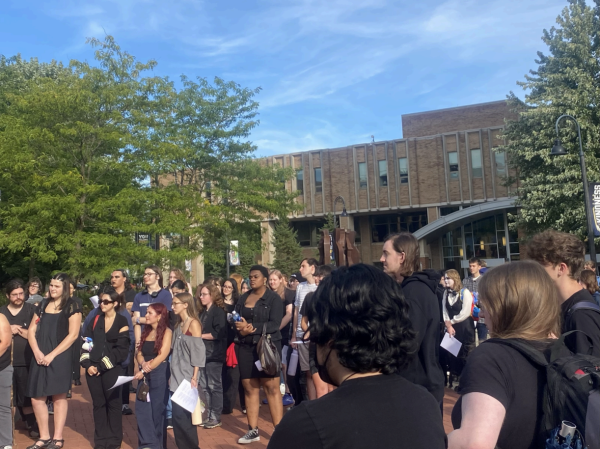malls are not dead
American shopping malls, though thought to be on the decline due to the crash of department store culture, the rise of e-commerce and most recently the COVID-19 pandemic, are actually not yet headed to the grave. In fact, shopping malls are not dead, they are just experiencing a rebirth. To get an expert opinion, I turned to Professor William Hauck, the Assistant Director of the Fashion School and Program Coordinator, who has extensive experience in the retail industry.
Retail Reimagined
For customers who want more from their shopping experience, enter a new way of shopping – experiential retail. The name implies exactly that since it is a retail structure with innovative and interactive components that give consumers an unforgettable experience, unlike traditional shopping malls. Experiential retail is the rebirth of traditional shopping malls, as it caters to consumers who expect an elevated and interactive shopping experience.
Imagine a mall with an indoor waterpark, an indoor amusement park, an indoor ski slope, an aquarium and a slew of retail stores. This can all be found at the American Dream Mall in East Rutherford, New Jersey. This mall is a $5 billion project that was first imagined in 1996 and opened its doors 17 years later, CNBC reported.
The American Dream Mall is a prime example of a mall reimagined. This is no ordinary mall, and it falls under the category of “experiential retail.” Malls are not dying, better yet, they are evolving to fit consumer expectations and to upgrade experiences in order to satisfy consumer wants and needs. Mega-center retail locations are, “designed to do something different,” Hauck said, and they do exactly that. They combine leisure, adventure, fashion and dining, all in one innovative retail space.
This elevated experience reflects consumers’ desire for uniqueness. According to Hauck, Generation Z values customization and unique experiences, which both are encompassed in experiential retail spaces. Not only do consumers want customized products, such as a pair of custom Nike shoes, but they want to purchase them in an experiential way, one which can be found at mega-center retail locations, like the American Dream Mall. In addition, Hauck said Gen Z is “shaping how shopping is going to happen.”
“Although Gen Z is not quite the target customer of the economy yet, this generation is about to be the coveted marketing group, as the ideal marketing group is in the 25-50-year-old age range,” Hauck said.
E-commerce Shifts Consumers’ Attitudes
Online shopping was on the rise in 2018, with sales totaling $502.6 billion, according to Statista. Hauck describes this change as the “Amazonization of the retail industry.” Amazon, the largest e-commerce retailer in the world, has altered the landscape of retail today. There was, and there technically still is, a comprehensive mentality that shopping online is the easiest and quickest option. Why go to a traditional brick-and-mortar store when with a click of a button items can show up on your doorstep? When it came to holiday shopping in 2018, this mentality was no exception according to Hauck.
“It was probably one of the first holiday seasons where I think we as a culture or as a nation suddenly flipped over to more than 50% of our holiday purchases being done online,” Hauck said.
E-commerce has made an impact on consumer behavior and attitudes about shopping, but at the end of the day, nothing compares to an in-store shopping experience.
As 2019 rolled around, this mentality stayed true because e-commerce continued to rule the retail industry. It all came down to convenience, as consumers enjoyed the ease of shopping from home. Not to mention, online shopping provides consumers with a wider variety of sizes and colors, whereas in stores there is no guarantee that certain items will be stocked and available for purchase. Thus, the fate of malls came into question, and Hauck mentioned experts were saying, “We are over-malled in this country. We have way too many malls. And they’re going to become wastelands.”
In 2020, retailers began to scramble with the onset of the COVID-19 pandemic. Surely this was the end of malls, or so we thought.
“It was a time that people were really starting to rethink how malls were being used at that point,” Hauck said. “The sky was really falling at that point. We had a lot of bankruptcies that were occurring at that time. So it was kind of a change in how malls were actually structured.”
He continued, “Covid has kind of made us think that malls are dead and that we do not want to interact with people. That is the furthest thing from the truth.”
The truth is that there was a slight blip in the popularity of malls, but they are not on the decline because foot traffic has increased once again.
Malls Are Here to Stay
Whether it be through e-commerce or through traditional shopping malls, shopping will always be a part of American culture and society. According to Kristen Martin in an article for The Atlantic, “If the American dream was owning a detached house for your nuclear family, the mall was where you bought the goods to fill your home and clothe your kids.” Her point is that shopping malls will not be going anywhere anytime soon, as people enjoy the experience of in-person shopping and they find it to be a way of life.
Shopping is also a social activity, one that develops a community, as consumers share the same wants and desires. The American Dream Mall encompasses this idea to its core, as it is a place where people can socialize, interact and shop all in one place and one community.
“I don’t think malls are dead whatsoever,” Hauck said “I think they are evolving.”
This past holiday season boasted very high foot traffic at malls, showcasing that consumers are rethinking their previous absences. Humans are social beings, and it is human nature to crave interaction with others.
“Humans, as much as we like to think we are online shoppers, humans still want that interaction with each other,” Hauck said. “It’s a hangout spot [and] a place where people can gather.”
The future of malls is experiential. The American Dream Mall provides countless opportunities for entertainment amongst a group of friends or a family outing. Hauck says that mega-center malls will be able to sustain their elevated concepts, as they were designed to be that way. Other malls will slowly start to follow suit with additions of experiences, such as movie theaters or Ferris wheels.
Retail is variable, meaning that there is no one way to shop, and companies can survive through both in-store and online retail channels. Consumers seem to enjoy both, which is good news for mall-goers, as malls are not going anywhere anytime soon.
Support Student Media
Hi! I’m Catie Pusateri, A Magazine’s editor-in-chief. My staff and I are committed to bringing you the most important and entertaining news from the realms of fashion, beauty and culture. We are full-time students and hard-working journalists. While we get support from the student media fee and earned revenue such as advertising, both of those continue to decline. Your generous gift of any amount will help enhance our student experience as we grow into working professionals. Please go here to donate to A Magazine.









